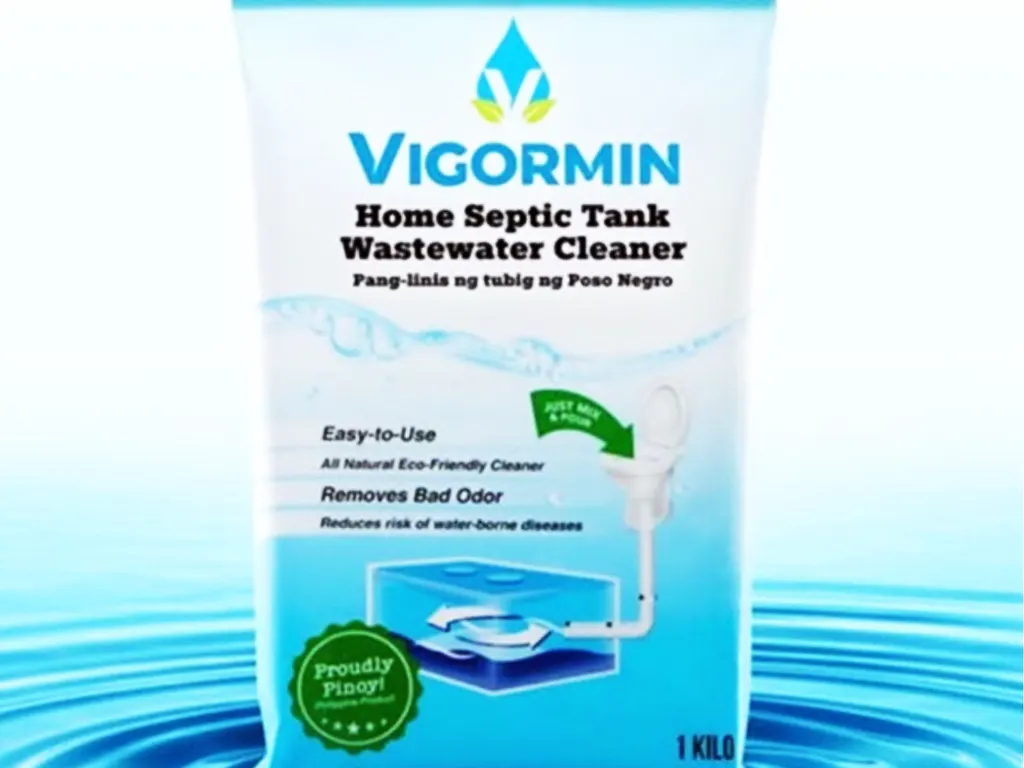
By Jun Burgos
LAST July 8, 2025, I made a simple assertion: the Filipino is not short of genius. The challenge is to recognize it, nurture it, and unleash it — especially when our backs are against the wall.
Nowhere is this more apparent than in the slow death of our rivers. From the Pasig — declared biologically dead and suffocated by decades of abuse — to Bulacan’s Meycauayan, where mercury and lead leech silently into life itself, our waterways narrate a national decline.
These are not merely polluted streams. They are metaphors for institutional failure and the urgent reckoning it demands.
A 2021 study published in Science Advances found that 19 of the world’s top 50 plastic-polluting rivers are in the Philippines, with the Pasig River ranked as the most polluting river globally, dumping an estimated 63,000 tons of plastic into the ocean annually.
In total, 466 Philippine rivers contribute to over 356,000 metric tons of mismanaged plastic waste each year.
These are not just statistics — they are symptoms of a system in decay. But Filipinnovation offers more than lament.
It invites resistance. And sometimes, that resistance takes the form of clay-like pellets that heal what we’ve long ignored. Meet Vigormin, a white, odorless, non-toxic, and partially soluble powder composed of naturally occurring organo-minerals abundant in the Philippines.
Developed by Dr. Merlinda A. Palencia of Adamson University and brought to life by Envigor Natural Products Manufacturing Inc., Vigormin is not just a wastewater treatment solution — it is a revelation.
A natural biogenic material that amplifies microbial activity to detoxify water systems, Vigormin doesn’t impose itself on nature. It works with it. This is innovation stripped of spectacle.
No billion-dollar tech. No imported silver bullet. Just deep science, local context, and an ethic of care. That ethic is institutional, too. Envigor is not an arms-length spin-off.
As Adamson University Vice President for Finance, Fr. Rafael Eloriaga, CM, told this columnist after reading Forum last July 8.
“We set up a factory in Tanauan with the help of DOST. Envigor is the spin-off company owned by the inventors and AdU 70-30. The dividend received is for research purposes.” In those few lines is a roadmap for sustainable innovation.
The university doesn’t merely lend its name. It invests — strategically, scientifically, and financially — closing the loop so that profits fuel new research and new breakthroughs. And the results speak for themselves. In field deployments across Boracay, Siargao, Leyte, and Batangas, Vigormin has been shown to reduce biochemical oxygen demand (BOD), chemical oxygen demand (COD), and total suspended solids (TSS) in wastewater within 7 to 21 days.
It also adsorbs heavy metals like mercury and lead, neutralizes foul odors, and improves water clarity — all without synthetic chemicals.
The factory Fr. Eloriaga refers to, built with DOST’s support, is proof that government, academia, and enterprise need not operate in silos. When the government, academia and enterprise collaborate, they create technologies that are not only effective, but accessible — designed with communities in mind.
Already, Vigormin is at work in Boracay and Siargao, in Anilao and Palo — cleaning, restoring, and proving.
It is Barangay-level technology, scalable without being extractive, making water justice not a policy dream but a community project.
And that, in the end, is the soul of Filipinnovation: not to wait for rescue from elsewhere, but to act where we stand, using what we have, for the future we deserve. Because the most radical thing a nation can do is believe in itself.
Author’s Bio
Jun Burgos is a strategic brand architect, regulatory affairs advisor, and editorial columnist whose work bridges institutional reform with public accountability. He writes about national policy, regional development, and civic reform. Jun previously served as Information Attaché at the Philippine Embassy in Canberra and held senior communications roles in the Senate of the Philippines and Pasay City Government. He belongs to a family of journalists including our country’s press freedom icon José G. Burgos Jr.



